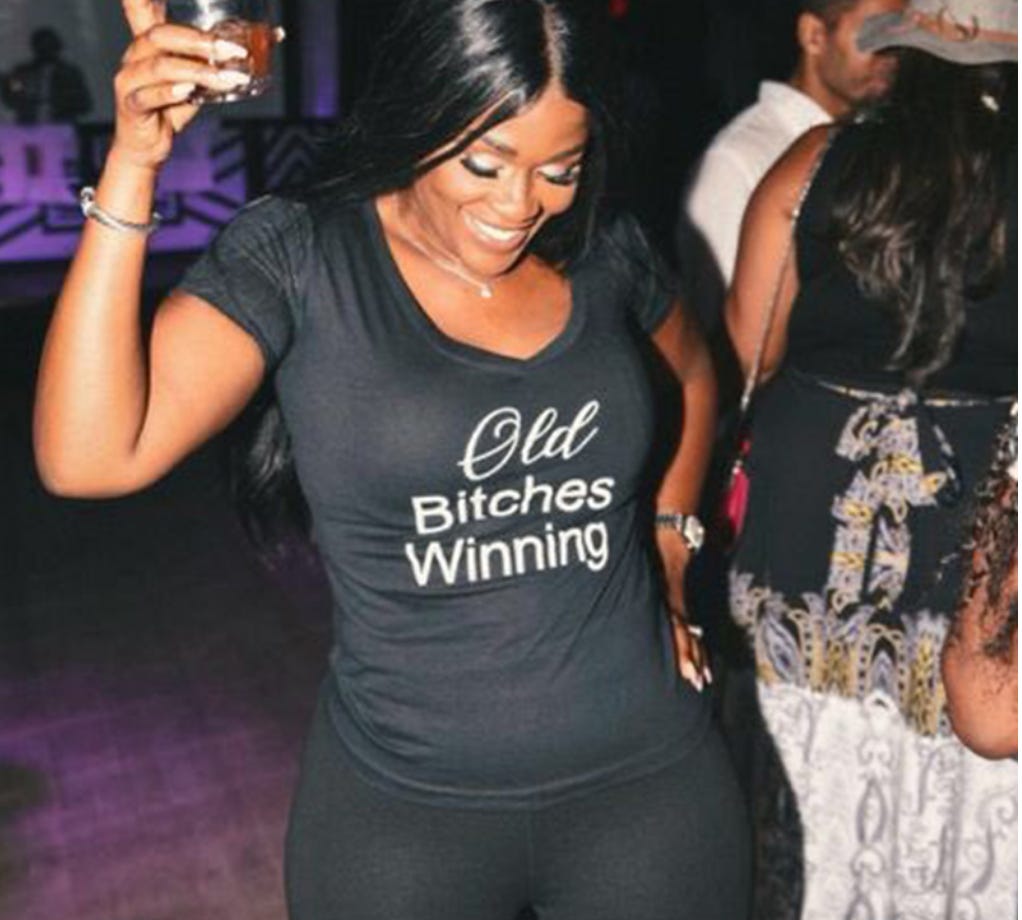
I used to joke that I wasn’t sure if I was attracted to men when I was a teenager because of how terrible fashion was in the late 90s/early 2000s. It is true that what was sold as sexy to a heterosexual woman was super confusing. By the late 90s, everyone was trying to pretend they were sophisticated about male attractiveness. The culture was hellbent on telling us the sexiest a man could be was in a tan turtleneck at a spoken word performance, with a silver thumb ring. That’s if you were Black. I think white girls were supposed to like vintage t-shits and Vans.
It wasn’t that way in the early 90s. One of my enduring pop culture memories is how often the term “buns” was bandied about on national television circa 1991/2. Maybe that’s just because that’s when FOX debuted as a tv channel and anyone who was anyone in third grade religiously watched anything on it—Married With Children; In Living Color; Martin; even the deeply serious and very adult (as in boring, not “adult” as in sexy) Roc, just to stay committed to the brand. My memories of pop culture in the early 90s are of all the daytime talk shows we watched—Ricki and Sally Jesse Raphael and Jenny Jones and Donahue. Inevitably, even on highbrow Oprah, the Chippendales would show up for a show about 90s women who were taking charge in the bedroom and the whole audience would coo their approval—this strange, high pitched, choreographed woo from a crowd that had not been on tv before and has not aired, earnestly, on tv since probably 1999.
That woo. Even as an eight year old it sounded so plaintive and self-conscious. Not even a ghost of desire. More a longing to actually feel something. The sound of a woman out with her friends, a little lonely as she watches those around her drink and dance and flirt, so she rallies, for a minute, to make her voice a little louder, hoping the echo scares away the loneliness.
I remember marking the difference between my sister’s generation (never mind she was only four years older) and mine by what they found attractive. They liked cliches, I told myself, smugly. Denzel Washington and Shemar Moore and, weirdly, Bill Bellamy (how??). Men who were attractive because their personalities were sanded down to “cocky”, the equivalent of those species of birds where the male is dun colored so as to set off the sparkling feathers of the female. People of my generation had taste. We liked true artistes, like Lorenz Tate in anything or Taye Diggs in The Best Man—a terrible man whose abuses were forgiven by his friends because he was a writer.
What would be the equivalent of the woo today? Maybe a single squirt emoji, the only comment left on a friend of a friend’s selfie posted too late at night. I know I am old because I do not understand the economies of desire anymore. The people that young people tell me are attractive do not look like anyone who inspires desire. Their faces are malleable, look as if the bones are still forming, like the one that is called Timothée Hal Chalamet. None of it adds up to me.
Which brings me to the sexy Willy Wonka, who, Buzzfeed News tells me, has 90 million views on TikTok. I don’t understand it. I never will. He is a marker less of the absurdity of our current moment, for me, and more proof that my youth is over.
Perhaps Sexy Willy Wonka is erotic if you were a child in the last twenty years, in a crumbling country, surrounded by the deadly absurdity of a corrupt government, a dying planet and easily accessible, terribly cheesy porn made by heterosexual forty years olds (the worst kind of porn). Perhaps the erotic for this generation lies in the overlay of incongruous images and less the overlay of bodies or degradation or pain.
WooooooOoooOoooOooooo.



"sexy willy wonka"...
i have come to rue the day.
WooooOooooOOoooo! Loved all of this and the Bill Bellamy drag lol.